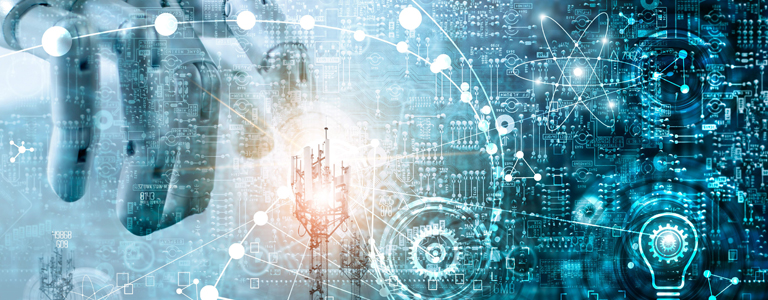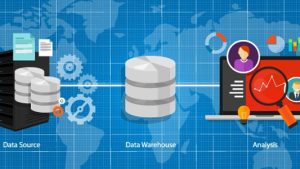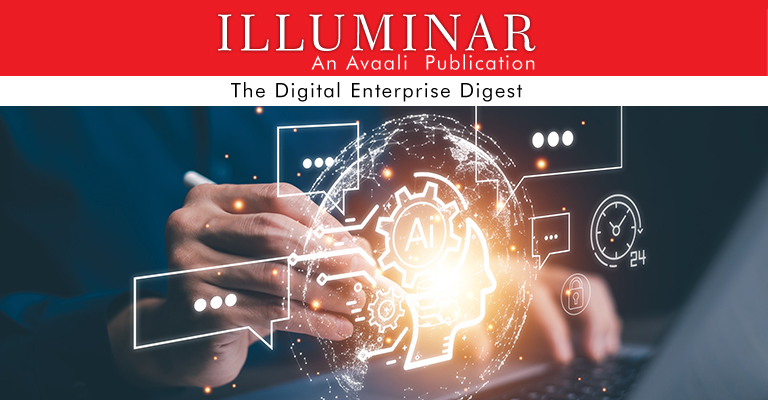Hyperautomation: The next big thing in process automation

Hyperautomation has rapidly evolved from being optional to a must-have because of the increasing demand to shift to digital business models. CIOs and hyperautomation must use hyperautomation to optimize task-level digitization to achieve process agility and resiliency.Hyperautomation is not only about automating rule-based, repetitive tasks performed with RPA. It is about seamless interoperability of utilities and industry applications. Hyperautomation includes automation of any business process using a combination of RPA and other advanced technologies, such as Artificial Intelligence and Machine Learning.One of the key differentiators of hyperautomation is its ability to loop humans into the process. Using collaborative intelligence, technology and humans work together. AI, ML, and intelligent automation are amongst the top 10 Industry 4.0 technologies that have the most profound impact on major enterprises globally, according to a recent report.Hyperautomation refers to a combination of automation tools with multiple ML applications and packaged software used to deliver work. RPA is just one subset of the key technologies helping to drive hyperautomation. Other technologies include intelligent Business Process Management Suites (iBPMSs), integration Platform as a Service (iPaaS) platforms, and decision management systems. Together, they provide a robust toolbox of technologies that enables hyper automation.
Artificial intelligence enables enterprises to become Insight-Driven Organizations (IDO), which rely on the fundamental building blocks of people, process, data, and technology (using an analytics strategy). AI is a brilliant way to enhance automation of processes and a robot’s abilities.
Advanced analytics – The power of data lies in the way it is interpreted. We work with organizations across a wide range of industries, in critical parts of their business, to empower data through analytics. Analytics supports decision-making in the business domains of customer, supply chain, finance, workforce, and risk, where we identify actionable insights through ML, predictive modelling, and text mining.
Intelligent automation – It is used to increase focus on high-value business activities by implementing automations to emulate human actions, engagement, interactions, and judgments; using robotic and cognitive technologies; and improving workforce productivity and process effectiveness.
Information management – It involves a business-driven approach to designing and implementing next-generation solutions and processes that support businesses globally to better manage, protect, share, and innovate using their data. Organizations can design, develop, experiment, and operationalize effective Enterprise Data Management (EDM) solutions to drive automation, advanced analytics, and digital capabilities.
Intelligent BPM Suites (iBPMS) have a solid foundation of tools for orchestrating processes and automating tasks within those processes. They (iBPMS) consolidate integration services, decision management, process orchestration, ad hoc processes, and advanced analytics into a single platform. The right orchestration is needed to unify bots, applications, and people to ensure that the automation results are as planned.
Hyperautomation initiatives have grown, and a recent global survey highlighted that over 80% of enterprises consistently self-report increased or continued investment in hyperautomation initiatives.Hyperautomation has numerous advantages and here are some of the most celebrated advantages of hyperautomation.
Workforce enablement – Employees can automate many processes within their roles and get more done faster with the resources available to them with the help of hyperautomation. Minimizing manual tasks enables them to focus more on impactful work, such as planning and strategy.
Employee upskilling – With automation no longer relying solely on IT, any business user can become an automation leader within their own department which can benefit both tech- and non-tech minded employees alike. This can lead to increased employee satisfaction as well, as they are operating in a smart working environment and do not have to waste their time on tedious tasks that add no value, and it enhances the ability of the workforce to increase productivity and competitiveness.
Systems integration – With hyperautomation, a company’s clunky on-prem technology and disparate data systems can communicate seamlessly. According to Gartner, by 2024, combining hyperautomation technologies with redesigned operating processes will cut costs by 30 %.
Digital agility – When every form of automation works closely together, a company can move past the oneoff benefits of a single technology to a state of true digital agility and flexibility at scale.
ROI – Using key analytics, businesses can track the exact ROI realised (based on the processes automated, departments optimised, and time and money saved every week, month, and year).
The strength of intelligent automation comes to the fore when RPA combines with AI to enable applications that go beyond the routine to the innovative: from collecting and processing data to analyzing and making contextual decisions. The potential of hyperautomation is huge. Problems that could have been solved yesterday using human intelligence, can be solved tomorrow using digital twins. With the technological capabilities currently available with hyperautomation, enterprises have the capability to entirely transform their core business operations and be a part of Industrial Revolution 4.0. Hyperautomation is a collection of various complimenting technologies and it often leads to the creation of a digital twin of the organization that can support business operations in parallel to an organization’s physical workforce.













